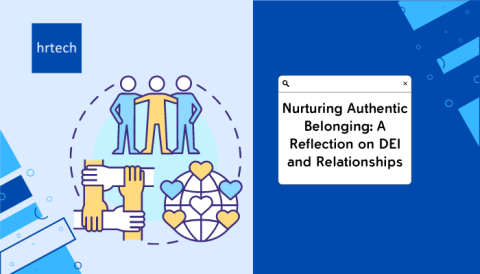Introduction
Diversity in the workplace isn’t just a buzzword anymore—it’s a business imperative. In today’s global economy, organizations that embrace diversity are better positioned to understand diverse markets, attract top talent, and innovate at scale. But diversity is more than skin deep. It spans a wide range of human experiences and identities, all of which can enrich workplace culture and performance.
In this blog, we’ll dive deep into the different forms of diversity, its significance in the corporate landscape, challenges faced, and strategic ways to enhance inclusivity within your organization.
What is Diversity in the Workplace?
Diversity in the workplace refers to an organization’s commitment to including individuals from a wide range of backgrounds, experiences, identities, and perspectives within its teams. It goes beyond hiring people of different races or genders—true workplace diversity includes varying age groups, religions, cultures, sexual orientations, abilities, education levels, and even different ways of thinking.
In essence, a diverse workplace is one where everyone, regardless of who they are or where they come from, feels welcomed, respected, and empowered to contribute.
Key Elements of Workplace Diversity:
- Demographic Differences – These include race, ethnicity, gender, age, and physical abilities.
- Experiential Diversity – The different life experiences, education, and socio-economic backgrounds employees bring.
- Cognitive Diversity – The range of problem-solving approaches, thinking styles, and perspectives.
- Cultural and Linguistic Diversity – Values, beliefs, and languages influenced by cultural backgrounds.
Why Does It Matters?
Diversity isn’t just a moral or legal obligation—it’s a strategic advantage. When organizations welcome diverse voices and perspectives, they unlock higher levels of creativity, better problem-solving, and a deeper understanding of the global market. Employees in diverse workplaces are also more likely to feel engaged, valued, and included, which drives retention and productivity.
In short, workplace diversity isn’t just about who you hire—it’s about how inclusive your environment is once people are in the room.
HR professionals seeking to implement tailored strategies can benefit from the vast resources available on TeamLease Digital, offering tools for managing diverse teams.
Moving on, let us take a look at what are the major types that diversity in the workplace can be categorized into.
Types of Diversity in the Workplace

Workplace diversity isn’t limited to race or gender. Here’s a breakdown of the different types:
1. Internal Diversity
These are characteristics people are born with and cannot change. They include:
- Race
- Ethnicity
- Gender identity
- Age
- Physical or mental abilities
Internal diversity plays a significant role in shaping an individual’s life experiences and worldview.
2. External Diversity
External factors are acquired, developed, or influenced over time. Examples include:
- Educational background
- Marital status
- Religious beliefs
- Work experience
- Socioeconomic background
While people may have some control over these attributes, they still shape interactions and perceptions in the workplace.
3. Cultural Diversity
Cultural diversity encompasses:
- Language
- Traditions
- Beliefs
- Social norms
- Values
Incorporating cultural diversity allows organizations to better understand and serve international markets and multicultural customer bases.
4. Gender Diversity
True gender diversity means moving beyond the binary and acknowledging:
- Women in leadership roles
- Non-binary and gender-fluid individuals
- Equitable policies around parental leave, dress codes, and language use
Gender-inclusive workplaces encourage fairness and belonging for all gender identities.
5. Socioeconomic Diversity
People from different income levels and educational backgrounds offer valuable perspectives. Organizations that are inclusive of socioeconomic diversity:
- Help break generational cycles of inequality
- Benefit from unique insights into consumer behavior
- Develop more empathetic leadership styles
6. Cognitive Diversity
This type of diversity focuses on how people think, approach problems, and make decisions. Cognitive diversity is often shaped by:
- Learning styles
- Personality types
- Neurodiversity (e.g., autism, ADHD, dyslexia)
Teams with cognitive diversity are often more adaptable and better at problem-solving.
Accessing specialized tools through platforms like TeamLease Digital can aid HR leaders in addressing and celebrating these diverse attributes effectively.
Alright, now let’s dive into why all this diversity really matters in the grand scheme of things.
Importance of Diversity in the Workplace
From enhancing innovation and creativity to improving decision-making and expanding market reach, workplace diversity has far-reaching benefits. It fosters a culture of inclusion where everyone feels valued and heard, leading to more engaged employees and stronger performance across the board.
In this section, we’ll break down why embracing diversity is essential for modern organizations, not just as a value—but as a strategic advantage.
1. Better Idea Generation
Homogeneous teams often fall into groupthink. Diverse teams bring a variety of ideas, reducing blind spots and encouraging out-of-the-box thinking.
2. Increased Creativity and Innovation
Multiple studies show that diversity enhances innovation. When people with different backgrounds collaborate, they produce creative solutions that wouldn’t have emerged in uniform teams.
3. Broader Range of Skills and Knowledge
Different educational and cultural experiences equip employees with diverse skill sets. This leads to stronger, more agile teams that can adapt quickly to change.
4. Improved Decision-Making
Diverse teams are better at analyzing problems from multiple angles, resulting in more informed and effective decision-making processes.
5. Expanded Market Reach
When your workforce reflects your customer base, you gain better insights into their needs, behaviors, and preferences. This enhances customer satisfaction and loyalty.
6. Enhanced Employer Brand
Companies known for diversity and inclusion are more attractive to top talent—especially Millennials and Gen Z, who prioritize company values when job hunting.
So, what challenges might you face as you strive to create this vibrant, diverse workplace? Let’s break it down.
Common Challenges Companies Face When Building a Diverse Workplace

While the benefits of diversity are clear, building and maintaining a truly inclusive workplace comes with its own set of hurdles. Here’s a closer look at some of the most common roadblocks organizations face on the road to diversity:
1. Unconscious Bias Still Runs Deep
Unconscious bias refers to the subtle, automatic judgments people make about others based on stereotypes or past experiences. Even well-intentioned managers and HR teams can unknowingly let bias slip into hiring or promotion decisions. Left unchecked, this can result in less diverse teams and missed opportunities to build stronger, more dynamic groups.
2. Navigating Cultural Differences
With employees coming from varied cultural backgrounds, differences in communication styles, conflict resolution, or workplace norms can cause misunderstandings. For instance, some cultures value directness, while others prioritize harmony—if teams aren’t aware of these nuances, it can create unnecessary tension.
3. The Representation Gap at the Top
Many companies may have diverse entry-level employees, but diversity often thins out at the leadership level. When underrepresented groups don’t see people like them in senior roles, it can lead to disengagement or a lack of motivation to aspire to leadership positions. This lack of visible role models is a major obstacle to long-term inclusion.
4. Superficial Efforts Lead to Diversity Fatigue
Workshops, training sessions, and public commitments are a great start—but if they’re not backed by genuine action, they can feel hollow. When diversity efforts appear performative or temporary, employees may become skeptical and disengaged. Real progress demands structural changes, not just check-the-box initiatives.
5. Measuring Impact and Accountability
One of the biggest challenges is tracking the success of diversity initiatives. Without clear metrics, it’s hard to know what’s working and what needs improvement. Many organizations struggle with setting measurable goals or holding leadership accountable, which can stall progress and reduce transparency.
TeamLease Digital offers solutions that enable companies to track diversity metrics with precision, ensuring accountability and transparent progress.
Moving on, let us talk about how to overcome potential roadblocks with some strategic moves.
Strategies to Enhance Workplace Diversity
Recognizing the importance of diversity is just the first step—taking meaningful action is where real change happens. To build an inclusive environment that attracts and supports a wide range of talent, organizations must adopt intentional and sustainable strategies.
In this section, we’ll explore practical ways companies can actively promote and enhance diversity in the workplace.
1. Support Employee Resource Groups (ERGs)
ERGs are voluntary, employee-led groups that build community and foster a sense of belonging among underrepresented groups. They also provide valuable insights to leadership.
2. Prioritize Inclusive Hiring Practices
Implement blind resume reviews, expand job boards to include diverse platforms, and use software that detects biased language in job descriptions.
3. Empower Leadership to Champion Diversity
Inclusion should start at the top. Equip managers with training, hold them accountable for diversity metrics, and ensure they’re active advocates of inclusive practices.
4. Create Mentorship Programs
Pair underrepresented employees with mentors from across the organization. This supports professional development, enhances networking, and builds leadership pipelines.
5. Conduct Regular Diversity Audits
Track progress with real data. Are promotions equitable? Are pay gaps closing? Diversity audits help keep initiatives on track and prevent performative allyship.
6. Foster an Inclusive Culture
Encourage open conversations about differences, provide flexibility for religious and cultural observances, and celebrate diverse holidays and heritage months.
Leveraging TeamLease Digital‘s marketplace of solutions can simplify the process of identifying the best tools for fostering inclusive work environments.
Got it? Perfect, because now we’re moving on to some epic stories of companies that have nailed workplace diversity.
Real-World Examples of Workplace Diversity
It’s one thing to talk about diversity, but seeing how it plays out in real workplaces helps bring the concept to life. Let’s take a look at some real-world examples of how organizations are embracing and implementing workplace diversity in meaningful ways.
1. Google – Creating Inclusive Communities
Google is known not only for its technology but also for its strong focus on diversity and inclusion. The company has established various Employee Resource Groups (ERGs) such as Black Googler Network, Women@Google, and PRIDE for LGBTQ+ employees. These ERGs help employees feel seen, heard, and supported in the workplace. Google also runs unconscious bias training and has made public commitments to improving representation in leadership and tech roles.
Takeaway: Supporting employee groups and offering training helps build a more inclusive environment where diverse voices are encouraged and valued.
2. Accenture – Tracking and Reporting Progress
Accenture stands out for how seriously it takes its diversity goals. The company publicly shares detailed diversity statistics every year, including data on gender, ethnicity, and persons with disabilities. By being transparent, they hold themselves accountable and set an example for others in the industry. Accenture also launched “Inclusion Starts with I”, a global video campaign encouraging employees to reflect on their own behavior and support inclusive actions.
Takeaway: Tracking progress and being transparent builds trust and shows that diversity is more than just a checkbox—it’s a long-term commitment.
3. Salesforce – Prioritizing Equal Pay
Salesforce has gained attention for its ongoing Equal Pay for Equal Work audits. When the company found pay gaps between genders and ethnic groups, it didn’t just acknowledge the issue—it invested millions to close those gaps. This initiative is reviewed annually and is part of the company’s broader mission to create a fair and equitable workplace.
Takeaway: Addressing systemic issues like pay equity shows employees that the company is serious about treating everyone fairly.
4. Johnson & Johnson – Fostering Global Inclusion
As a global healthcare company, Johnson & Johnson understands that diverse perspectives lead to better solutions for a global population. Their Diversity, Equity & Inclusion (DEI) strategy involves leaders at all levels and emphasizes hiring practices that reflect the communities they serve. They also offer cultural awareness training and programs that help employees from all backgrounds grow within the company.
Takeaway: Diversity isn’t just about hiring—it’s about building systems that support long-term inclusion and growth for everyone.
5. Microsoft – Empowering People with Disabilities
Microsoft has taken major steps to support neurodiverse talent and people with disabilities. Their Autism Hiring Program and Ability Hiring Program focus on creating inclusive interview processes and tailored onboarding experiences. They also provide accessible technologies and accommodations for employees, ensuring everyone can thrive regardless of physical or cognitive differences.
Takeaway: Workplace diversity includes people with different abilities, and building accessible processes ensures no one is left behind.
These examples show that there’s no one-size-fits-all approach to diversity. But the companies leading the way share a few things in common: they commit to action, involve leadership, track their progress, and create a culture where everyone has the chance to succeed.
Similar tools and resources are readily available for HR teams through TeamLease Digital, enabling the creation of vibrant and inclusive workplace communities.
Conclusion
Diversity in the workplace is not just a matter of compliance—it’s a catalyst for innovation, growth, and long-term success. Companies that embrace diversity benefit from enhanced problem-solving, greater employee satisfaction, and a stronger connection with their customers.
Creating an inclusive workplace takes time, commitment, and a willingness to adapt. It’s not about ticking boxes—it’s about transforming culture from the inside out.
Looking to build a truly inclusive workforce? Partner with TeamLease Digital to design inclusive strategies that drive real impact. Let’s make your workplace one where everyone thrives.






